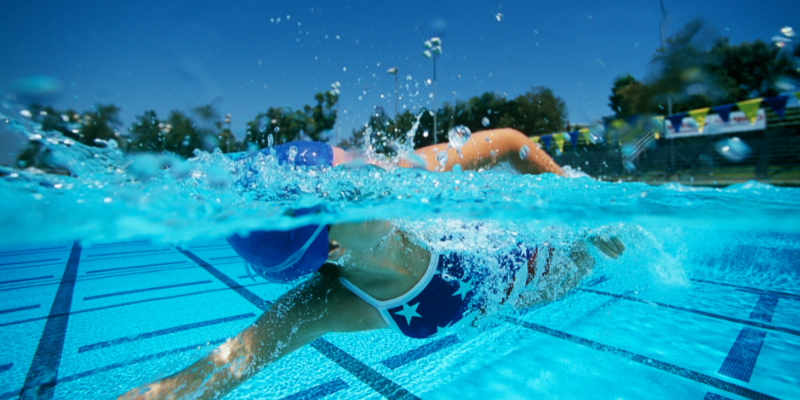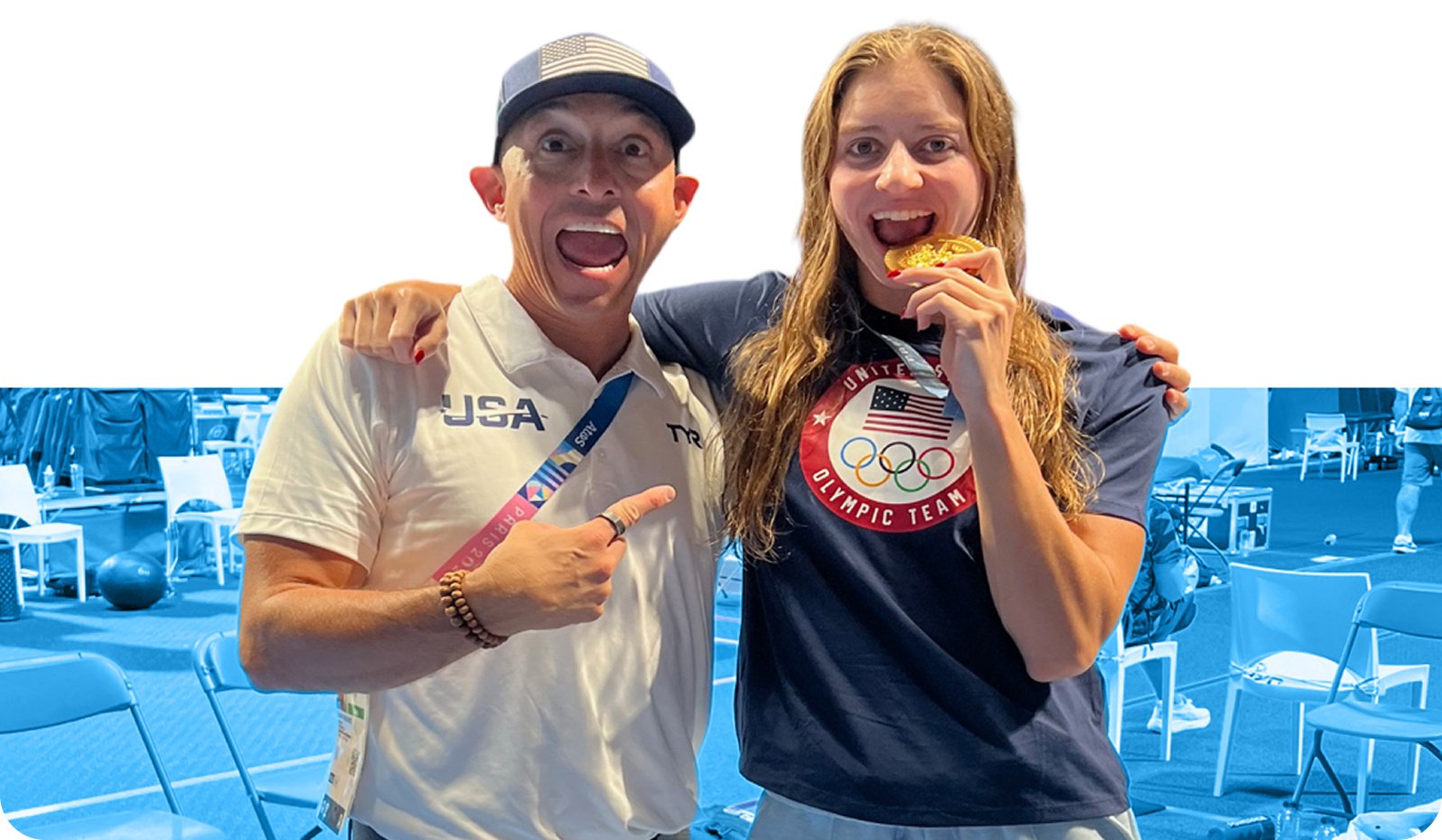Every athlete, from elite competitive swimmers to triathletes and masters, can do with improving at least one component of their swimming technique. Even the best swimmers in the world constantly try to find ways to tweak their strokes for faster swimming. When it comes to swimming any stoke efficiently, one thing is true; there isn’t a one size fits all solution.
Needless to say that we never need to be convinced to nerd out on all things swimming technique. It’s what we love doing! In this article, we will dive into the key swimming techniques for freestyle and backstroke and offer you insight into how to utilize data and technology to find out what works best for you.
Freestyle
⇒Maintaining Stable Hips
The best sprinters in the world maintain stable hips throughout their stroking. The slight hip rotation helps swimmers stay connected through their stroke by timing their catch to the opposite hip. The emphasis is on using the ‘’power of the triangle’’(hand-elbow-shoulder) and holding water up at the front of the stroke.
With more and more sprinters using a straight arm instead of the triangle, is the ‘power of the triangle’ dead in sprinting? The answer is, it depends on the swimmer. Swimmers that can power through the stroke on the 100 will opt for a straighter arm recovery. In his interview with Brett Hawke, Russell Mark says that choosing a straight arm comes down to sustainability.
To figure out which technique works best for you, you must measure how effective your Stroke Rate Start to your Stroke Rate End is. This means your average cycle time for cycles 2-6 (Stroke Rate Start) to your average cycle time for the last 4 cycles of the 100 Free (Stroke Rate End). Are you increasing, holding or dropping your Stroke Rate throughout your 100 Free?
There is no better example for this than the analysis we did for the men’s 100 Free in Tokyo. The entire race was determined by the last 15 meters, where Dressel destroyed it by putting his head in, not breathing, and driving his Stroke Rate End to an insane 56.26cyc/min. A clear sign that powering through the pool works well for him. Here is the complete analysis.
Backstroke
⇒Quick Change Of The Arm's Direction
Moving on to swimming an efficient backstroke technique, should you follow the arm through the catch or change the arm's direction after the entry? The reality for swimming a good backstroke technique is that it is simpler to teach than freestyle. For starters, the backstroke races only go up to 200 meters, which means there are not many technique variations for backstrokers to use. Instead, they all go for the shoulder-driven technique.
In par with the ''stable hips'' style of swimming, we see both in freestyle and backstroke; it seems that elite swimmers are opting more and more for a hand entry with a quick change of the arm's direction during the catch. The stable hips here allow for a slight rotation making it easier and faster to get the Stroke Rate up while also connecting that catch to the opposite hip rotation.
Using the appropriate Stroke Rate in backstroke seems to be the highest priority. As the Race Club’s Gary Sr. puts it, there are only three backstroke Stroke Rate options: fast, faster, and fastest.
This type of shift in prioritizing Stroke Rate for backstroke has also been evident in the 15% increase in the average Stroke Rate Cycle at the 2021 Trials compared to the 2016 Trials. Similarly to freestyle, though, we see more and more the importance of maintaining Stroke Rate from the beginning of the race to the end of the race.
McKeown masterfully did this during the Olympics, where she held both her speed and water better than her opponents. One of the most substantial components of her swimming was her ability to hold her SR from Start to Mid to End. So, although she didn’t have the highest SR among the top 3, she also didn’t fluctuate as much and maintained her strokes’ length with her killer DPS. Check out the complete analysis here.





.png)

.png)